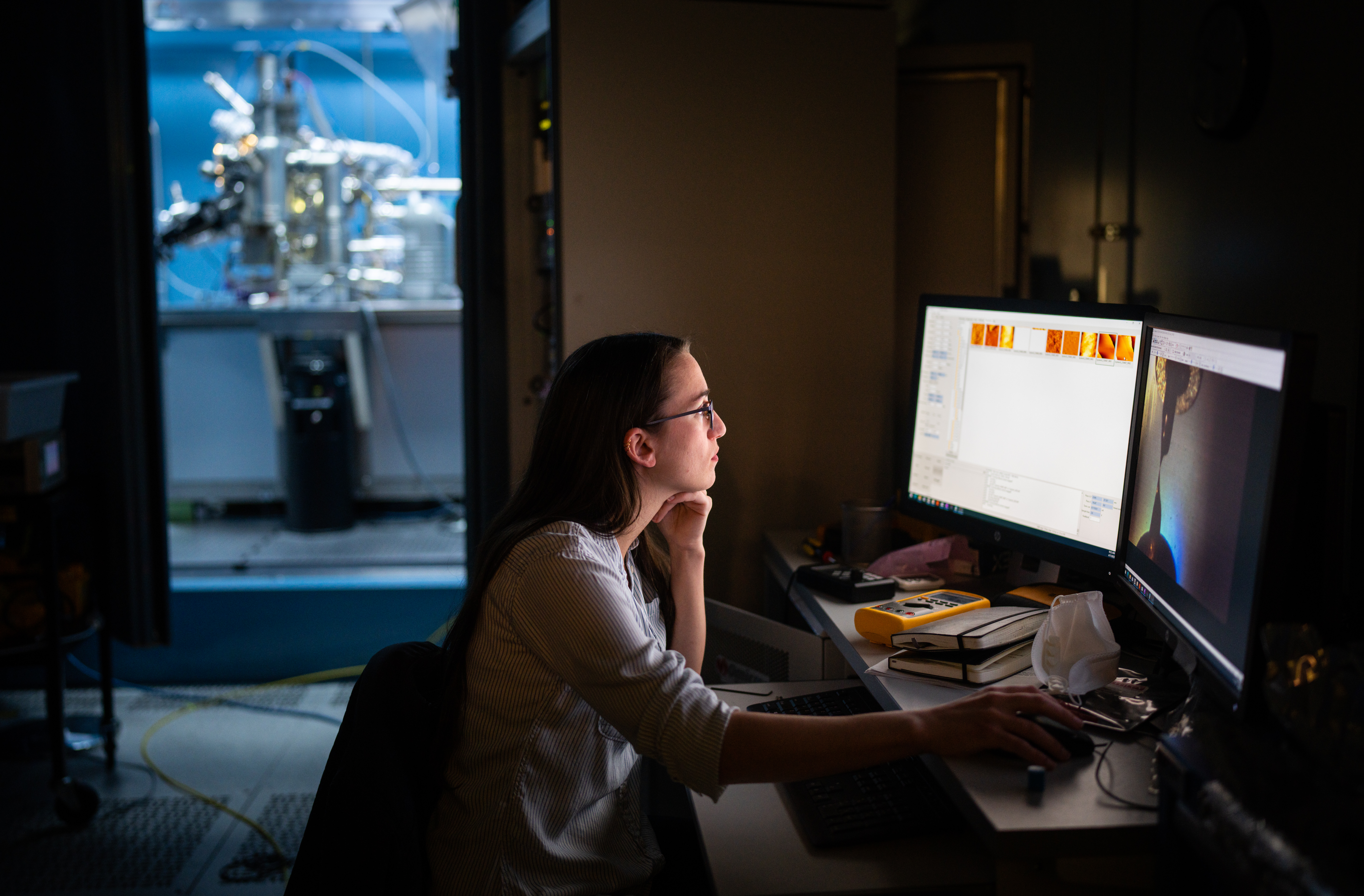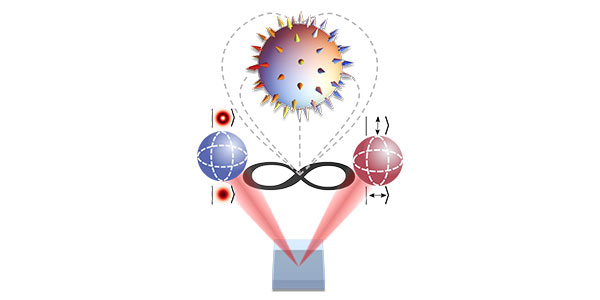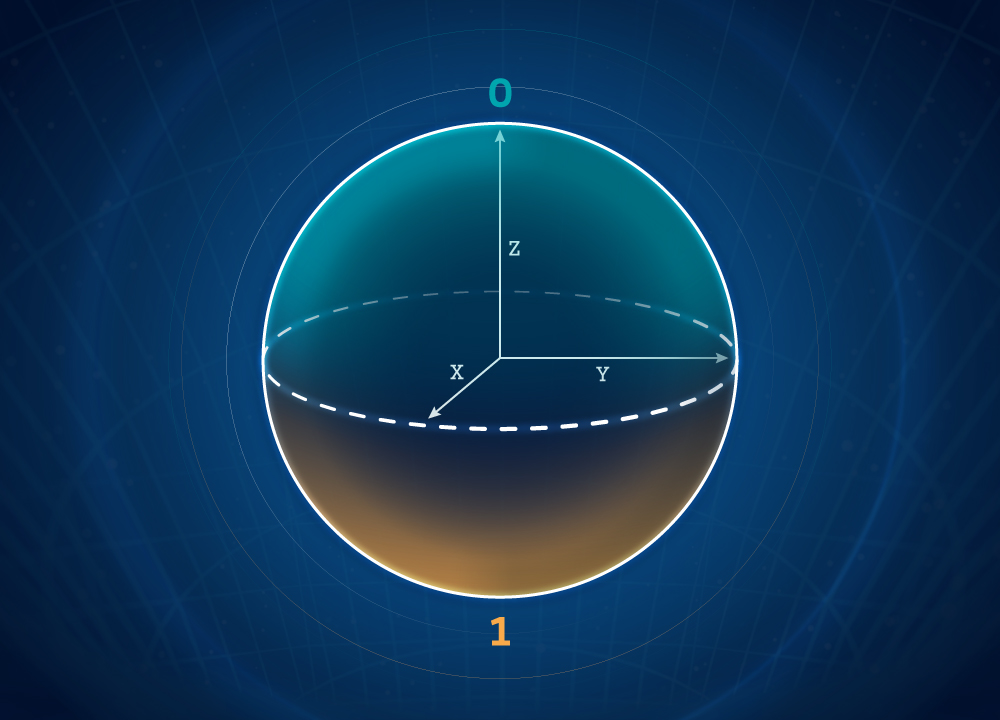Quantum Systems Accelerator Leads First “You Belong in Quantum” Webinar
Lawrence Berkeley National LaboratoryThe Quantum Systems Accelerator (QSA), recently launched the “You Belong in Quantum Series!” in collaboration with the four other U.S. Department of Energy National QIS Research Centers. The initiative’s January 2024 webinar featured distinguished leaders in the field.











































